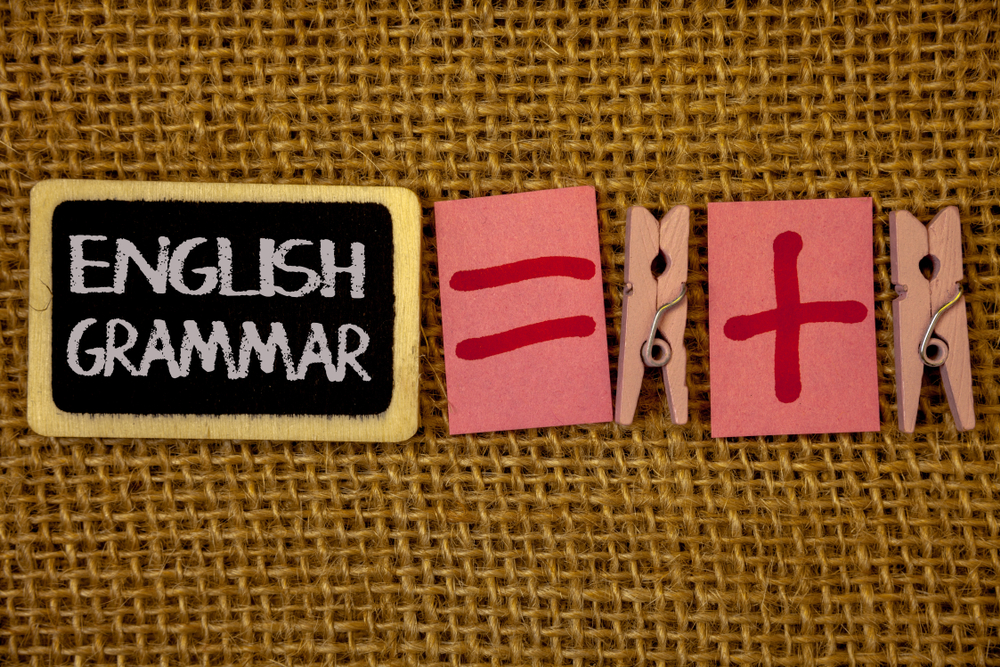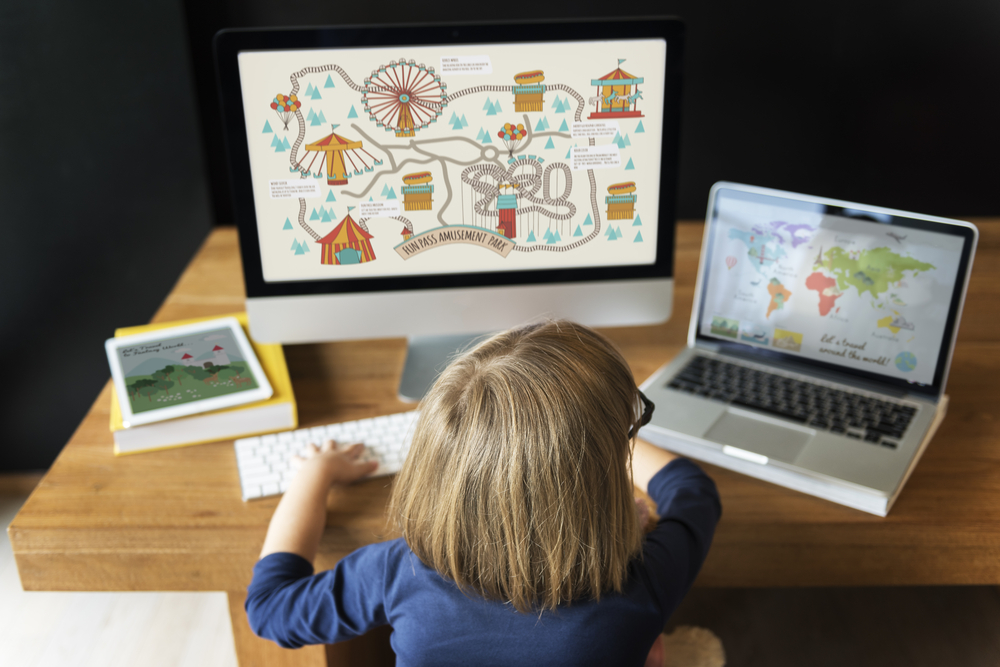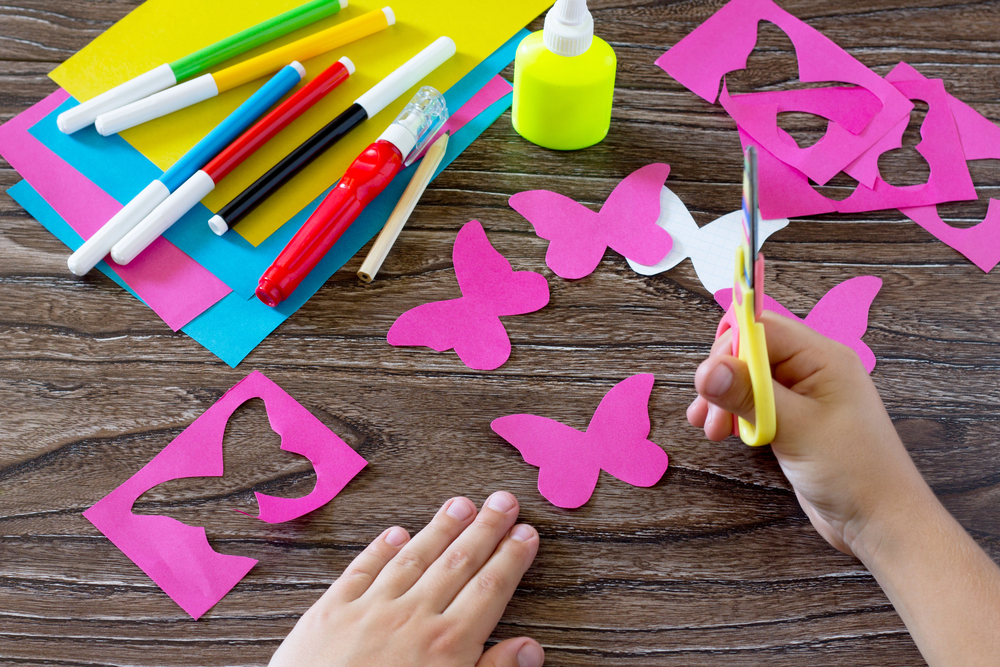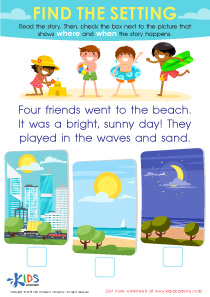Visual Learning Easy Worksheets for Ages 3-8
6 filtered results
-
From - To
Discover fun, engaging, and educational worksheets designed to enhance visual learning for children aged 3-8. At Kids Academy, our easy-to-follow printables help young learners develop crucial visual skills through hands-on activities. These worksheets cover a range of topics including shapes, colors, patterns, and more, fostering essential cognitive development. Ideal for early childhood education, our expertly crafted materials are perfect for both parents and teachers striving to provide a well-rounded learning experience. Support your child's growth and make learning enjoyable with our extensive collection of age-appropriate visual learning worksheets. Visit Kids Academy today and inspire young minds!
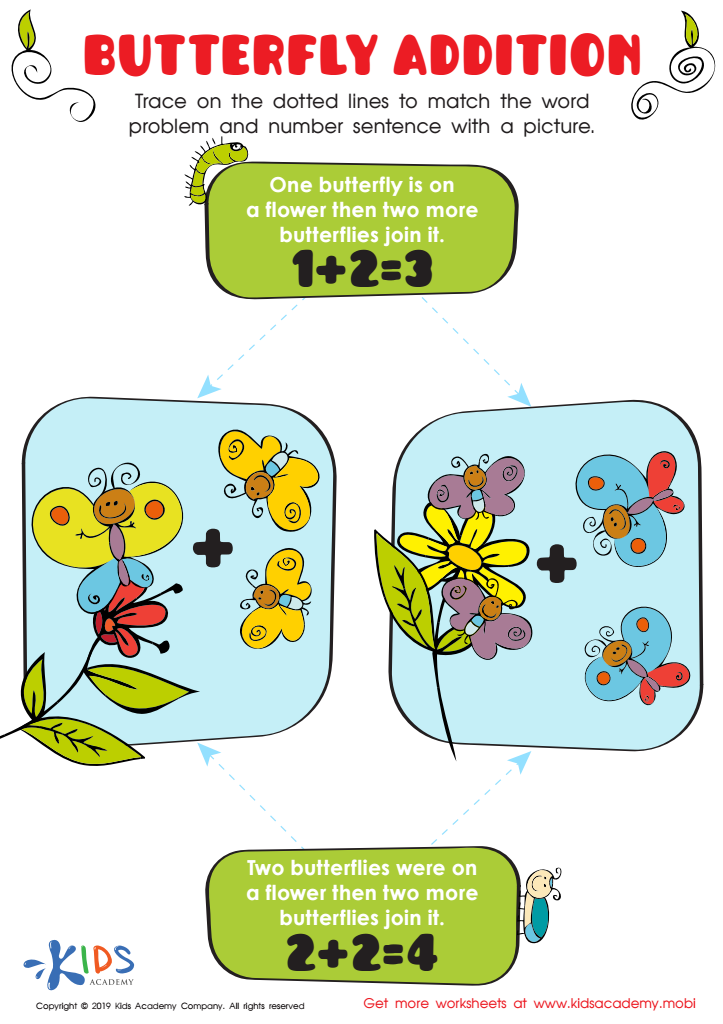

Butterfly Addition Worksheet


Subtracting Socks Worksheet
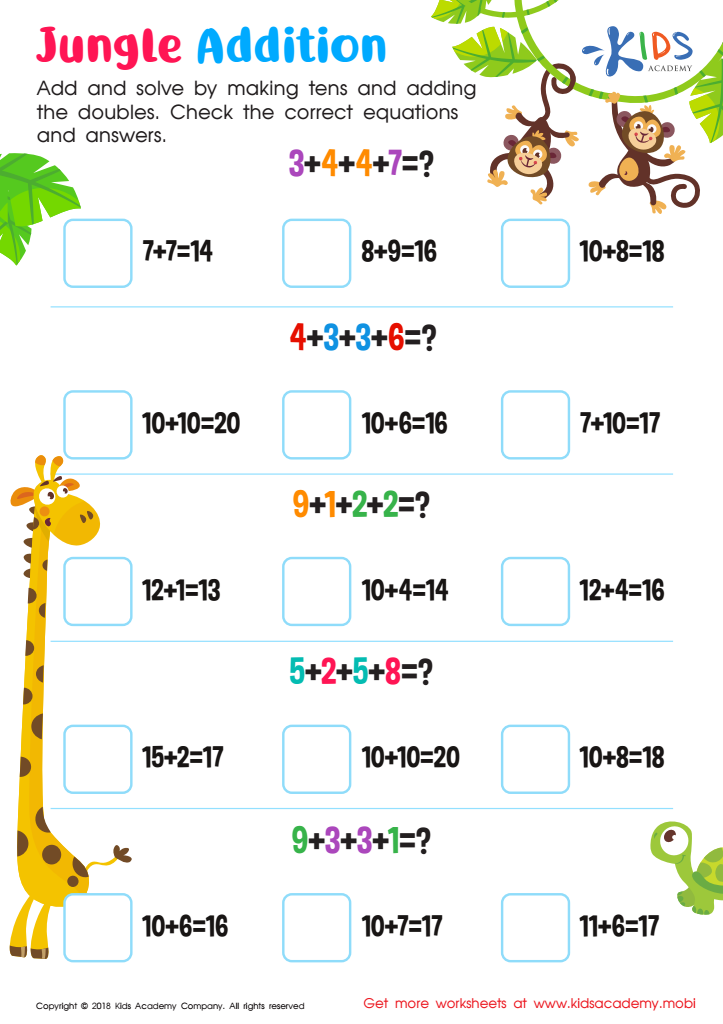

Jungle Addition Worksheet


Addition at the Zoo Worksheet
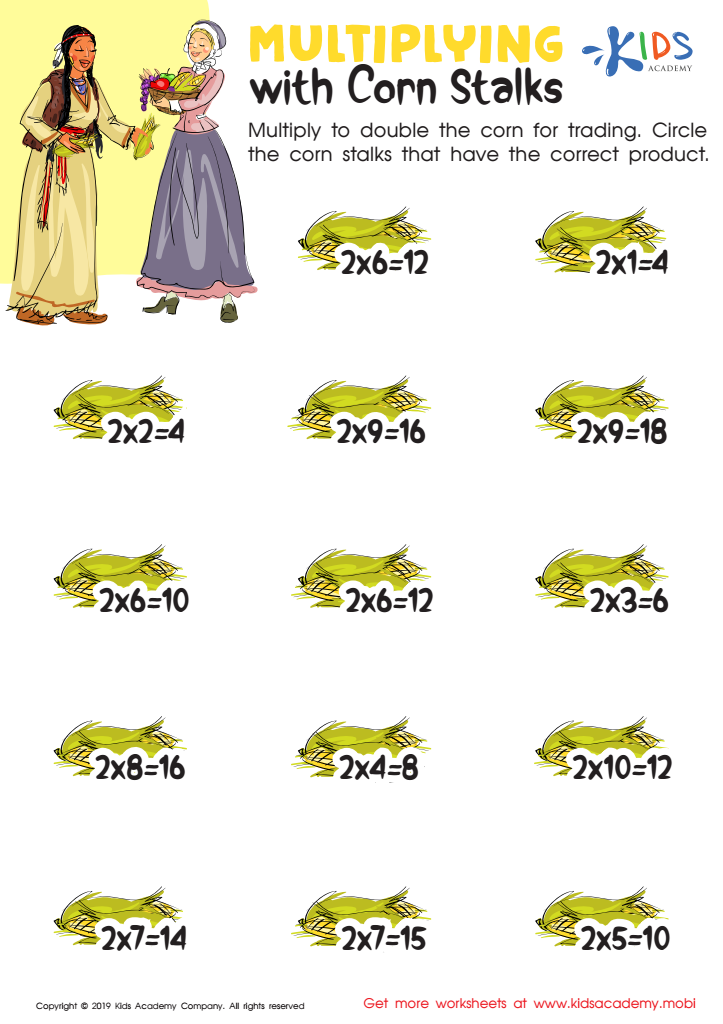

Multiplying With Corn Stalks Worksheet
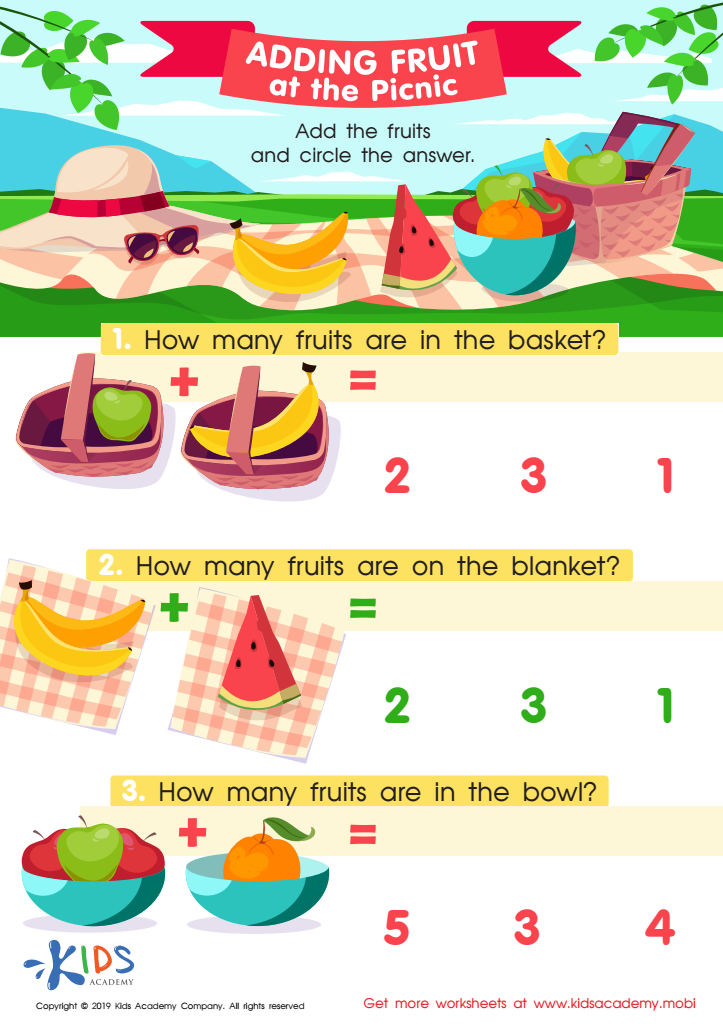

Adding Fruit at the Picnic Worksheet
Visual learning is a key educational tool for children aged 3-8, making it essential for both parents and teachers to support and incorporate it into early education. At these ages, children's cognitive skills are rapidly developing, and they often find it easier to grasp information presented in visual formats. Bright colors, illustrations, diagrams, and infographics significantly bolster their ability to understand and retain new concepts.
Visual learning helps in bridging language gaps and promotes inclusivity, especially for children who are visual learners or struggle with textual information. For instance, visual aids can simplify complex ideas and make abstract concepts more concrete, fostering better comprehension. Moreover, employing visual learning techniques like flashcards, storyboards, and picture books can keep young learners engaged, making the learning experience enjoyable and stimulating.
Additionally, early exposure to visual learning techniques enhances creativity, critical thinking, and problem-solving skills. It encourages children to make connections and see patterns, skills which are foundational for later academic success.
By valuing visual learning during these formative years, parents and teachers set children on a path of enthusiastic and effective lifelong learning. Integrating visual learning strategies into daily routines ensures young minds are captivated, understood, and challenged appropriately.
 Assign to My Students
Assign to My Students






